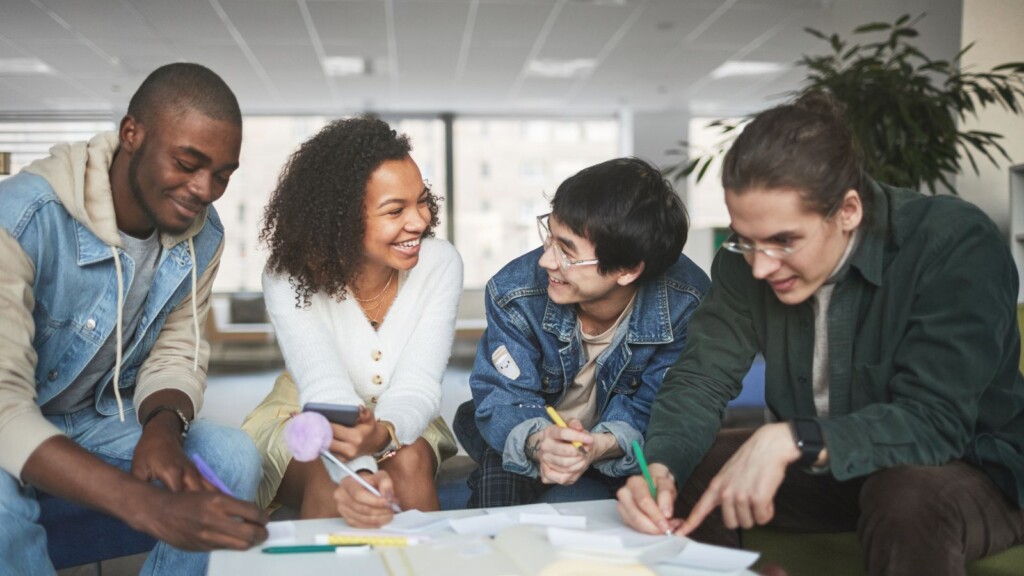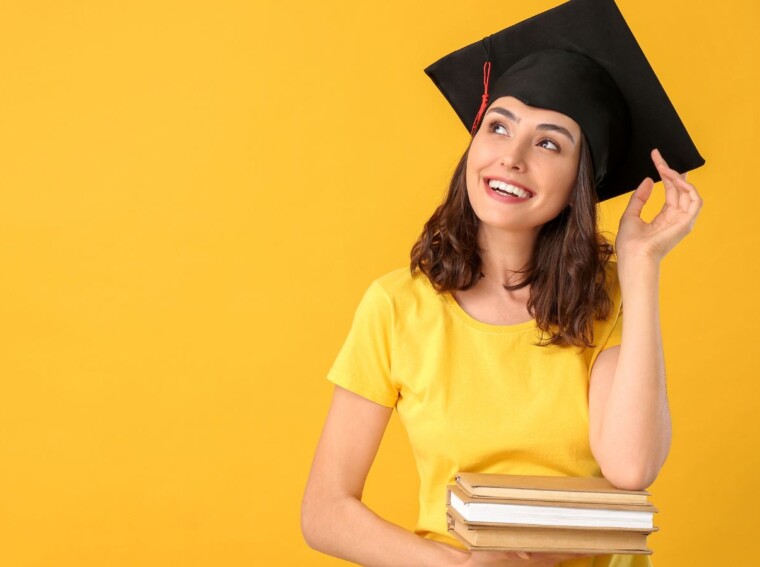In today’s media-driven society, many students look up to famous singers, YouTubers, and movie stars. They see these figures daily on social networks or streaming channels. For some, these pop icons become role models, shaping style choices, talk patterns, and even personal dreams. When homework piles up, they might feel pressured to keep up with new trends. Instead of burning out, some students choose to outsource their academic papers — typing do my paper cheap — and use the time to explore media content that fuels informal learning and personal goals. They see how a catchy dance or viral video can spark their creativity. Pop culture’s reach also encourages them to explore new hobbies, whether they act, sing, or film small clips. Yet, these influences can also form big expectations. That is why media literacy education can help them think wisely. By understanding what they watch, they can learn to shape their goals in a healthy way.
Understanding Influence Through Films and Online Media
In addition, many famous movies and viral videos share messages about identity, courage, or friendship. Students often think about these themes and relate them to their lives. That is where the question comes in: what can students learn from films and internet content? They can gain fresh perspectives on problem-solving, relationships, or even new ideas for school projects. When teachers assign readings like media literacy articles for students, they highlight the need to question what is shown on screen. By asking, “why is media literacy important for students?”, they discover that it builds critical thinking. Students grow aware of how scripts and editing can sway their emotions. This helps them see behind the glamour or dramatic effects. Media literacy education stands out as a key to wise media use. Through these skills, young people can pick out positive lessons and reject harmful messages. Over time, they become sharper consumers of media, shaping their goals based on reality instead of hype.
How to Practice Media Literacy in Daily Life
Knowing what media literacy is matters — but how can students actually apply it day-to-day? Here are some simple ways to stay sharp:
- Check the source: Is the content coming from a reliable platform or just someone’s opinion?
- Ask why: Who benefits from this message — and is it trying to sell you something?
- Compare perspectives: Seek out multiple takes on the same event to avoid echo chambers.
- Watch your emotions: If a video makes you angry, inspired, or scared — pause and ask why.
Practicing these steps helps students turn media into a learning experience, not just background noise.
Role Models and Self-Esteem in Daily Life
Role models can come from music videos, sports highlights, or popular comedy shows. Students may see these public figures as heroes with perfect lives. This perception shapes their self-esteem. When they see every move or success, they might compare themselves unfairly. Social media posts often show only the fun side. That can lead to feelings of insecurity or pressure to mirror famous personalities. However, these inspirations can also lift students’ spirits and push them to achieve new goals.
Media acts as informal education, sparking ideas that might not appear in class. For instance, a student watching a tennis star may decide to join a local sports club. Another child seeing a skilled coder in a viral video might try making an app. As they explore these goals, it helps if they realize that every celebrity faces challenges. By staying balanced and practicing self-care, students can feel better about themselves and aim higher. Such healthy self-view lays the groundwork for lifelong confidence.
Did You Know? Social Media & Self-Esteem
Recent studies reveal just how much social media can influence teens’ self-esteem and body image. According to the Pew Research Center (2025), over a third of teenage girls feel worse about their lives because of social media—compared to just 20% of boys. Internal research from Facebook found that one in three girls said Instagram made their body image issues worse. Similarly, The REACH Institute reported that nearly half of teens aged 13 to 17 feel social media negatively affects how they see their own bodies. These insights highlight the need for healthier screen habits and more open conversations around self-worth in the digital age.

Balancing Inspiration with Personal Growth
While influencers and idols can spark creativity, students also need time to form their own identities. They should not lose sight of personal interests by only following trends. Setting small, realistic goals helps them track progress and stay motivated. Even a simple plan, like learning a new dance move or reading media literacy articles for students, can expand their minds. Over time, they build self-trust. With a strong sense of self, they avoid copying others just to fit in. Families and teachers play a big role here by encouraging open talks about media messages. They can highlight examples of genuine success that come from hard work and patience. This awareness teaches young people to see beyond flashy posts or staged videos. By balancing outside inspiration with personal values, students can set goals they truly care about. When they understand the difference between fantasy and real experience, they can shape a bright future.
Quick Check: How Much Does Pop Culture Influence You?
Sometimes it helps to pause and ask yourself how deeply the media is affecting your daily decisions. Answer these questions honestly:
- Do you compare yourself to influencers more than your real-life peers?
- Have you ever bought clothes, apps, or gadgets just because a celebrity used them?
- Do you feel less confident after scrolling social media?
- Would you still enjoy your hobby if you couldn’t post about it online?
If you answered “yes” to more than one, it might be time to rethink how you engage with the media. Awareness is the first step toward balance.

